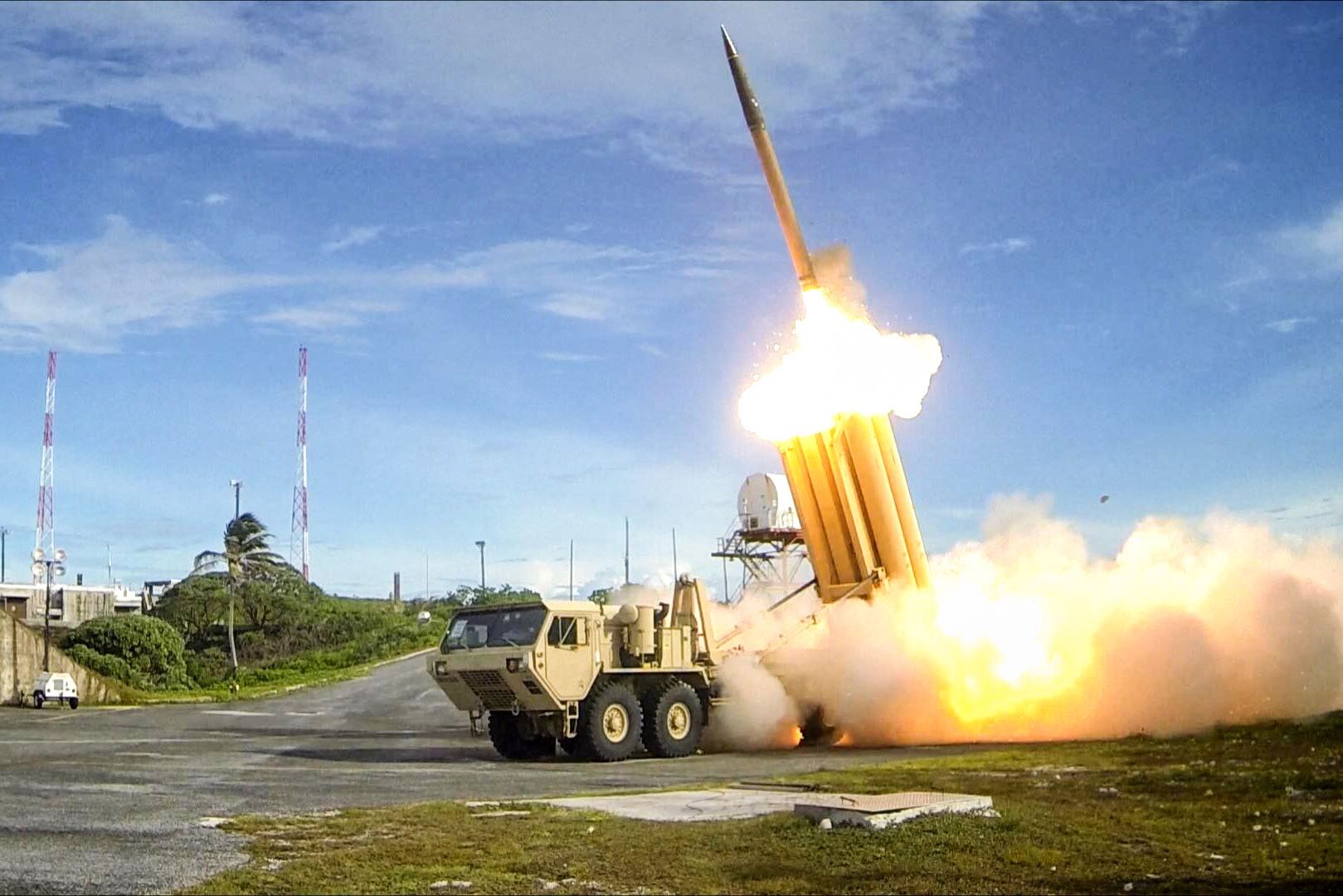I recently stumbled upon an interesting article dated Oct. 1, 1999, by Loren Thompson with the Lexington Institute titled “Military Supremacy and How We Keep It.” In this article we are reminded of the February 1776 publication by British historian Edward Gibbon titled “The Decline and Fall of the Roman Empire.” We are told George Washington read this work and its subsequent volumes, and in his first annual message to Congress as president he made reference stating: “To be prepared for war is one of the most effectual means of preserving peace.” Or to quote Gibbon: “They preserved the peace by a constant preparation for war.”
America’s defense and aerospace industry is the second-largest gross exporter and retains the largest positive trade balance of any manufactured goods sector. The sector employs approximately 2.8 million individuals within the United States. America’s largest defense companies secure on average 70 percent of their annual revenue from domestic defense spending, with the remaining 30 percent accomplished through international sales to allies and friends.
With defense appropriations at historic highs, our defense and aerospace industries are well-positioned to equip our military, but headwinds are gathering. In the face of growing budget deficits, robust annual U.S. defense appropriations may turn out to be unsustainable. Additionally, trade disputes are causing the cost of raw materials to rise by at least 40 percent, which ultimately increases the cost of our military hardware and could potentially undermine the ability for U.S. manufacturers to compete in the global market. Taken one step further, it’s possible that trade disputes could result in our allies slowing or ending acquisitions of U.S. capability as a way to protest tariffs.
Faced with these challenges, the U.S. defense industry is focused on increasing international sales. Companies seek 5 percent to 30 percent growth within five years, while a select few are seeking growth greater than 50 percent. The benefits of increased global market share include reduced need for domestic investment, reduced cost to the U.S. military, increased allied capability globally and greater innovation investments by U.S. industries, minimizing the ability of emerging competitors in the defense and aerospace sector to capture market share at American industries’ expense.
The U.S. defense-industrial sector is primed for rapid and significant growth, but conventional export policies and lengthy determination processes may be undermining the future health of the companies that support America’s safety, security and economic vitality. To do so is to ultimately enable our enemies and their industries to grow, and with that growth to develop products that will, if not checked, defeat U.S. military capability.
From aviation platforms to ammo, most allied and friendly nations around the world are unable to fully support their military forces with their own indigenous industries. Why? Because they are unable to financially sustain the breadth of industries needed to ensure military readiness, and because their industries were unable to compete effectively internationally to offset the limited domestic investment by their government.
RELATED

Is this where the United States intends to be tomorrow — a place where we are unable to equip our military without relying on friends, allies and not-so-friendly nations for capability and components?
For a moment, let us consider our most worrisome competitors. They are nations that have their own military-industrial complexes, which are largely self-reliant. Some are well-established while others are rapidly emerging as credible innovators and suppliers. Their military industries are run as state-owned enterprises. U.S. industries are publicly held companies that — although receiving considerable U.S. government funding through the annual defense appropriations — are accountable to shareholders, investors and corporate boards, meaning they must be profitable or perish.
Our enemies control and preserve their military-industrial complex with an iron fist, while ours must function like any other publicly traded business in the United States.
In order to ensure our continued security and state of readiness, we must pursue ways for the U.S. government and our defense industries to partner more closely with a goal of achieving the following: a commitment through legislation, policy and procedures to reduce the regulatory burdens that adversely impact product costs and innovation investments; and a commitment by our government to reduce and remove barriers to successful competition in the global markets.
RELATED

For both domestic performance and global competition success, timeliness and cost are critical success factors often disrupted by excessive U.S. government control and intervention.
Revisiting Cold War-era policies and procedures can help create a contemporary model for advancing global sales, which can ensure U.S. readiness, contribute to military-industrial independence and limit the reach of our adversaries’ influence. We must ensure through innovation and domestic production that we can regularly prepare for war to help preserve the peace without being reliant upon others.
Keith Webster is the president of the Defense and Aerospace Export Council and the vice president of the U.S. Chamber of Commerce.







